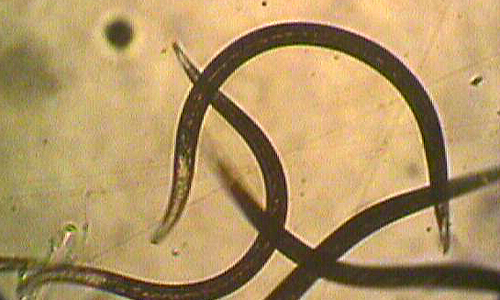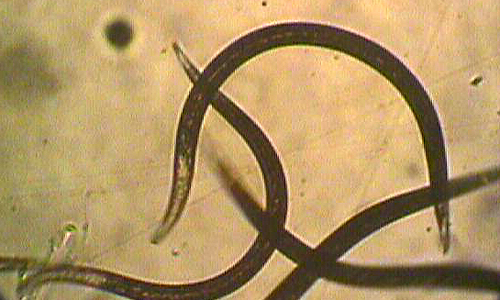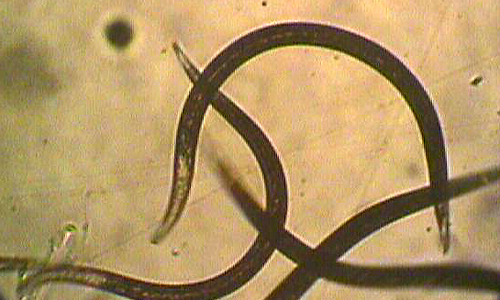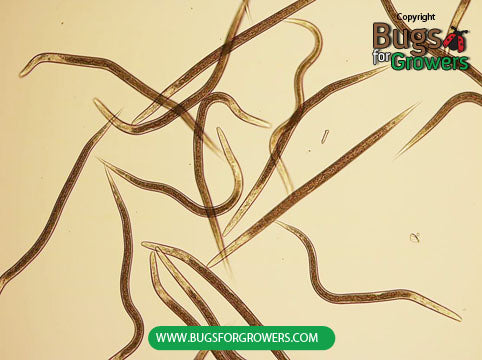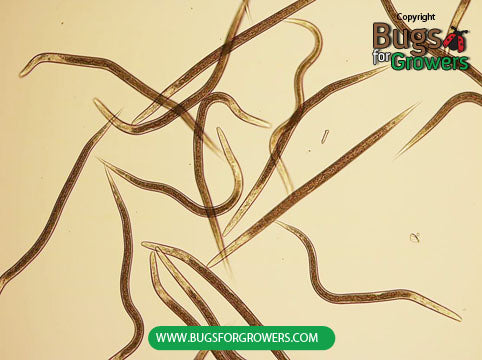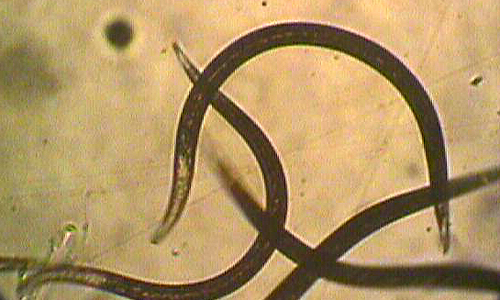Beet armyworm
Damage caused by the Beet armyworm
Only larval stages of beet armyworm cause damage to beets and other crops. Larvae generally feed on the leaves and fruits. After hatching from eggs, young small larvae begin feeding in groups inside the “silky web” secreted by them on the leaves for a few days and then they become solitary feeders until they mature.In case of severe infestation, larvae can skeletonize leaves and eventually completely defoliate plants.
Facts (show all)
- Common names
-
- Beet armyworm
- Scientific name
-
- Spodoptera exigua
- Identification
-
Adults: Adult moths of beet armyworms are mottled gray to brown in color with irregular banding patterns on forewings. The hindwings are whitish gray colored with margins marked with brown line and fringed border
Eggs: Eggs are round in shape and green to white in color.
Larvae/Caterpillars: The mature larvae of beet armyworm are dorsally green in color and ventrally yellow in color. These larvae have pale green stripes on the lateral sides.
Pupae: Pupae are brown in color and 15 to 20mm long.
- Biology
-
Beet armyworm female moths lay about 100 eggs in the clusters on both upper and lower surfaces of leaves. Eggs hatch into small larvae within 2-3 days and begin feeding in groups on the leaves for a few days and then they become solitary feeders until they mature. The matured larvae then pupate about 0.25 inch deep in the soil. Beet armyworms generally overwinter as pupae. Under favourable conditions, beet armyworms can complete egg to egg life cycle in less than 40 days or 6 generations in a year.
- Organic Control of the beet armyworm
-
- Following beneficial bugs and plant products are used for organic control of the beet armyworm
- Egg parasitic wasps
-
- Trichogramma brassicae
- Trichogramma minutum
- Trichogramma platneri
- Beneficial entomopathogenic nematodes
-
- Steinernema carpocapsae
- Steinernema feltiae
- Heterorhabditis bacteriophora
- Predatory praying mantis
-
- Tenodera aridifolia
- Predatory Assassin bug
-
- Zelus renardii
- Plant Product
-
- Molt-X® - (Active ingredient – Azadirachtin a compound isolated from neem leaves)

